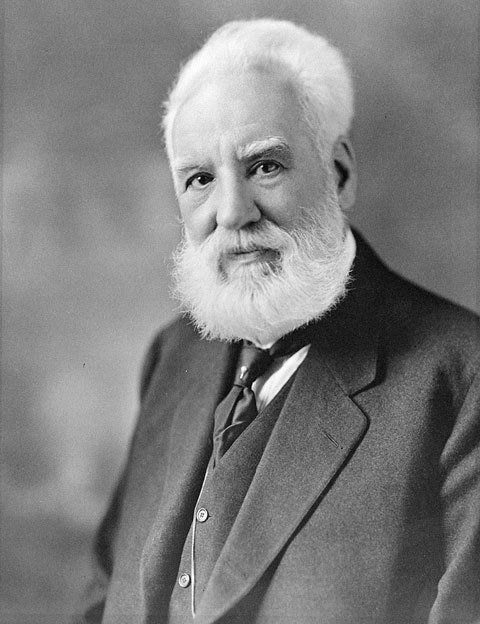
By: InnovationNewsDaily Staff
Published: 06/14/2012 10:19 AM EDT on InnovationNewsDaily
Can inventiveness run in the family? In honor of Father's Day, InnovationNewsDaily found examples of inventor-or-discoverer fathers whose daughters or sons followed in their footsteps. Many families worked together, such as the Curies, who built on one another's discoveries in radiation. One dad-daughter pair had far different interests, but the daughter, Marion Donovan, had become an inventor at a young age with the encouragement of her father.
Inventor or not, all dads can give their kids a sense of curiosity, creativity and support for their projects, big and small.
Zacharias and Hans Janssen
Many historians believe a Dutch lensmaker, Zacharias Janssen, invented the first two-lens microscope with the help of his father, Hans, in the 1590s. Their first model, a hand-held piece, could magnify objects 10 times. Later, diplomat William Boreel wrote a letter to the French monarchy describing a model that was 2½ feet long and stood on a brass tripod shaped as dolphins.
Alexander Melville Bell and Alexander Graham Bell
The Bell family studied speech and sound for at least two generations before Alexander Graham Bell invented the telephone. The inventor's father, Alexander Melville Bell, and grandfather, also named Alexander, were both speech specialists. In 1864, Alexander Melville Bell invented an international alphabet called Visible Speech, which showed deaf people how to shape their lips, tongues and throats when speaking. He and his son later wrote articles and books together about phonetics and Visible Speech.
Marie and Pierre Curie and Irène Joliot-Curie
For the Curie family, discovery appeared to be not just a father-daughter connection but a whole family affair. Thirty-two years after Pierre and Marie Curie shared a Nobel Prize in physics, their daughter, Irène, and son-in-law, Frédéric, shared a Nobel Prize in chemistry for synthesizing new radioactive elements. Irène and Frédéric's children Hélène and Pierre work as scientists in France today.
Sakichi and Kiichiro Toyoda
Sakichi Toyoda apparently combined the skills of his own parents, who worked as a carpenter and a weaver in Japan. Toyoda invented his first automated fabric-weaving devices in the late 1800s and established his own loom company in 1926. His company soon began supplying the leading textile manufacturer in Britain.
His son, Kiichiro, worked in the loom factory and patented a carding machine. After the father died, the son and a team of Japanese engineers to dismantled a Chevrolet to learn how it worked. Kiichiro Toyoda manufactured his first cars in 1935, calling the new motor company Toyota because he thought it was easier to pronounce. Toyoda stepped down as president in 1950, however, after massive layoffs and a worker strike.
Miles O'Brien and Marion Donovan
After her mother died, 7-year-old Marion O'Brien (later Marion Donovan) spent her after-school hours in her father and uncle's lathe factory in South Bend, Ind. Miles O'Brien and Richard O'Brien had invented the South Bend lathe for grinding automobile gears, earning themselves a fortune, the New York TImes reported. Miles helped his young daughter invent a new kind of powder for cleaning teeth.
After she married and had two children, Donovan invented a waterproof diaper cover in 1946, sewing her first prototypes out of shower curtains. The innovation, sold in Saks Fifth Avenue in New York City, reduced diaper rash and was an "instant success," according to the Lemelson-MIT Program.
Throughout her life, Donovan earned dozens of patents for household items such as a paper-based disposable diaper, a compact garment hanger and a soap dish that drained into the sink.
Wilbert and Robert Gore
Sports clothes, insulation and medical devices all use the invention of this father-son pair. In 1969, Robert Gore created a thin membrane of Teflon, coated it with urethane, then bonded it to nylon fabric. The resulting material had pores that were large enough to let air through but were too small for water droplets. It was at once breathable and waterproof. Robert's father, Wilbert, helped him improve the fabric, then named it Gore-Tex and sold it through the family business, W. L. Gore & Associates.
Since then, Wilbert, Robert and the company have invented more new materials, including a breathable, windproof fabric called Windstopper and Glide brand dental floss.
Follow InnovationNewsDaily on Twitter @News_Innovation, or on Facebook.